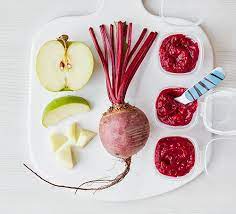Embark on a culinary journey with our guide on how to cook cassava in a normal saucepan, transforming this versatile root vegetable into a delectable dish that captures its natural flavors and textures. In this straightforward tutorial, we delve into the simplicity of preparing cassava, known for its starchy richness, in a traditional saucepan. From the initial peeling and chopping to the gentle simmering, our step-by-step instructions ensure a convenient and enjoyable cooking experience. Whether you’re a novice in the kitchen or an experienced home chef, this recipe promises to demystify the process of cooking cassava, resulting in a wholesome and satisfying addition to your table that can be enjoyed on its own or incorporated into a variety of culinary creations.

How to cook cassava in a normal saucepan
Ingredients
- Fresh cassava
- Water
- Salt (optional)
Instructions
- Peel the cassava and cut it into manageable-sized pieces. Cassava can be sticky, so you may want to oil your hands or knife to ease the process.
- Rinse the cassava pieces under cold water to remove any surface dirt.
- Place the cassava pieces in a saucepan and cover them with water. Add a pinch of salt if desired.
- Bring the water to a boil over medium-high heat.
- Once boiling, reduce the heat to a simmer. Cover the saucepan with a lid.
- Simmer the cassava for about 15-20 minutes or until the pieces are tender when pierced with a fork. Cooking time may vary based on the size of the pieces.
- Once cooked, drain the cassava in a colander to remove excess water.
- Your boiled cassava is now ready to be served as a side dish, added to stews, or used in various recipes.
Video
Notes
Nutrition
